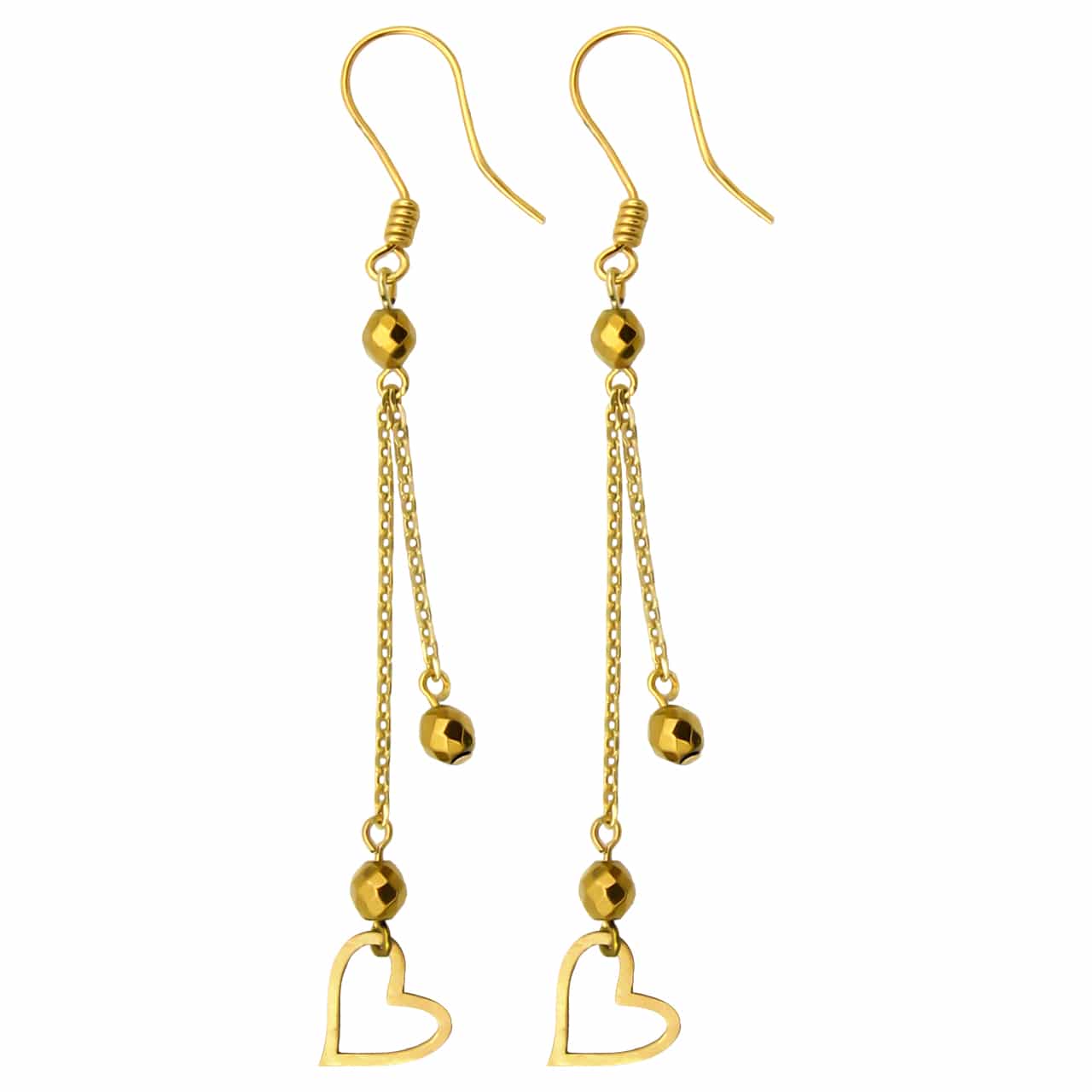Symbols of luck have long held a special place in human culture, shaping beliefs and behaviors across civilizations. From ancient talismans to modern digital icons, the psychological roots of lucky symbols are deeply embedded in our subconscious. These symbols often serve as psychological anchors, providing comfort and a sense of control in uncertain environments. In today’s digital gaming landscape, the influence of such symbols has expanded dramatically, blending tradition with innovative mechanics to enhance player engagement and perceptions of fairness.
This article explores how luck symbols function within modern games, examining their psychological impact, role in shaping perceptions of safety, and their integration into contemporary game design. By understanding these elements, players and developers can better appreciate the subtle ways symbols influence gaming experiences and decisions.
- The Psychology of Luck Symbols: Why They Matter in Gaming
- Symbolism and Perception of Safety and Fairness in Games
- Lucky Numbers and Positions: The Geometry of Fortune
- Modern Examples of Lucky Symbols in Popular Games
- The Role of Visual and Aesthetic Design in Enhancing or Obscuring Luck Symbols
- Ethical Considerations: Manipulating Perceptions of Luck and Safety
- Future Trends: The Evolution of Lucky Symbols in Digital Gaming
- Conclusion: Harnessing the Power of Symbols Responsibly
The Psychology of Luck Symbols: Why They Matter in Gaming
Luck symbols tap into fundamental cognitive biases and superstitions that influence player behavior. One key bias is the illusion of control, where players believe that certain symbols or gestures can influence game outcomes, even when results are governed by randomness. This illusion enhances engagement, making players feel more connected to the game and their chances of success.
Pattern recognition is another powerful psychological mechanism. Humans are naturally inclined to find patterns, leading to superstitions about certain symbols or sequences. For example, a lucky number or a specific symbol appearing repeatedly can reinforce the belief that it holds special significance, encouraging players to chase similar outcomes.
Visual cues, such as bright colors, ornate fonts, and familiar motifs, also significantly impact player engagement. Well-designed symbols can evoke positive emotions and anticipation, while cluttered or confusing visuals may increase cognitive load, potentially distracting players or fostering misconceptions about their influence on game results.
Symbolism and Perception of Safety and Fairness in Games
Players often associate certain symbols with trustworthiness and fairness. For instance, a game featuring symbols of luck—such as horseshoes, four-leaf clovers, or specific colors—can subconsciously signal safety, encouraging players to continue playing. This perception is reinforced by the presence of familiar motifs that evoke positive cultural associations.
Interestingly, statistical measures like the Return to Player (RTP) percentage also influence perceptions of fairness. For example, an RTP of 95.17% might be perceived as a “safe” or “trustworthy” figure, similar to how passengers might view safety indicators like flight safety statistics. Such numerical data, combined with symbolic cues, can create an illusion of security, even when actual odds are complex or variable.
Moreover, the aesthetic choices in game design—such as decorative fonts and ornamentation—can affect cognitive load. Overly elaborate visuals may cause confusion or mislead players into overestimating the significance of certain symbols, impacting their strategic decisions and perceptions of fairness.
Lucky Numbers and Positions: The Geometry of Fortune
Numerology and cultural beliefs have historically assigned special significance to odd or even numbers. For example, in many cultures, odd numbers like 3, 7, and 9 are considered lucky, while even numbers may symbolize stability or balance. These beliefs influence how game developers design features such as symbol placement and bonus triggers.
A common pattern in modern slot games involves distributing free spins or bonus symbols across specific reels—often reels 1, 3, and 5 on a five-reel setup. This arrangement reflects numerological preferences and influences player strategies, as players may focus their bets or hopes on these positions, believing they hold higher potential for luck.
Positional symbolism can also guide game strategy. For instance, certain symbols appearing in specific positions might be perceived as more fortunate, prompting players to develop strategies around reel stops or betting patterns aligned with these beliefs.
Modern Examples of Lucky Symbols in Popular Games
A notable illustration is the Rainbow Riches Freespins game, which leverages traditional Irish symbols—such as rainbows, pots of gold, and horseshoes—to evoke luck and prosperity. These symbols are carefully integrated into the game mechanics, with certain motifs triggering bonus features like free spins, reinforcing the association between cultural symbols and winning potential.
Beyond this example, many contemporary games incorporate culturally significant symbols—like lucky sevens, cherries, or Asian auspicious icons—to resonate with diverse player bases. These motifs often serve dual purposes: enhancing aesthetic appeal and subtly influencing player perception of their chances.
By blending traditional luck motifs with modern mechanics, developers create immersive experiences that feel familiar yet innovative, encouraging continued play and emotional investment.
The Role of Visual and Aesthetic Design in Enhancing or Obscuring Luck Symbols
Design choices, such as decorative fonts and ornamentation, significantly influence how players perceive luck symbols. For example, ornate fonts can make symbols appear more important or mystical, heightening emotional responses. Conversely, overly complex ornamentation may obscure the symbol’s meaning, reducing clarity and potentially misleading players about its significance.
Achieving a balance between aesthetic appeal and cognitive clarity is crucial. Clear, well-designed symbols help players recognize and relate to them, fostering trust and engagement. For instance, a simple, iconic horseshoe rendered in bright colors is more effective than a cluttered, overly stylized version that could confuse or distract.
Non-obvious impacts also occur; ornamentation can increase cognitive load, making players susceptible to misjudging the odds or overvaluing certain symbols’ luckiness. Developers often leverage this by subtly guiding player perceptions through visual hierarchy and thematic consistency.
Ethical Considerations: Manipulating Perceptions of Luck and Safety
The line between engaging design and manipulation is thin. While symbols can enhance entertainment, they also have the potential to deceive or exploit players’ beliefs. For example, emphasizing certain symbols as “lucky” without any real influence on outcomes raises ethical questions about transparency and fairness.
Game developers bear responsibility for representing symbols of luck honestly and ethically. Transparency about odds and the role of symbols helps maintain trust and prevents exploitative practices. Regulatory bodies increasingly scrutinize the use of symbols that might mislead players or imply false guarantees of winning.
“Symbols of luck in gaming should serve to enhance enjoyment without misleading players about their true chances of winning.” — Ethical Gaming Advocate
Future Trends: The Evolution of Lucky Symbols in Digital Gaming
Emerging technologies like augmented reality (AR) and virtual reality (VR) are transforming how luck symbols are incorporated into games. Virtual symbols can be dynamically personalized based on cultural preferences or individual player histories, creating a more immersive and culturally resonant experience.
Personalization allows symbols to adapt to players’ backgrounds, potentially enhancing emotional engagement and perceived luck. For example, a player with Irish heritage might see more traditional Irish symbols, reinforcing cultural identity and emotional connection.
These developments may influence player psychology by strengthening superstitions or beliefs in personal luck, which can impact behavior, risk-taking, and engagement levels. Understanding these trends is essential for responsible game design.
Harnessing the Power of Symbols Responsibly
Lucky symbols wield significant influence over player perceptions and behaviors in modern games. From fostering trust to amplifying excitement, their psychological and cultural significance is profound. However, this power must be harnessed ethically to avoid misleading players or exploiting superstitions.
Game designers should aim for transparency and cultural sensitivity, integrating symbols that enhance the gaming experience without deception. Practically, understanding how visual design and cultural motifs impact player psychology can inform better, more responsible game development.
“Responsible use of luck symbols can elevate gaming from mere chance to a meaningful cultural experience.” — Gaming Ethics Expert
In conclusion, recognizing the enduring power of symbols and integrating them thoughtfully ensures that modern games remain both engaging and ethically sound. By respecting tradition and understanding psychological effects, developers and players can enjoy the thrill of luck while maintaining fairness and integrity.






